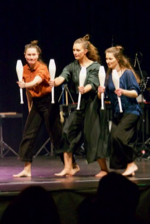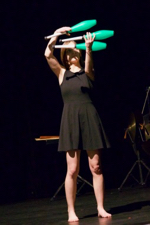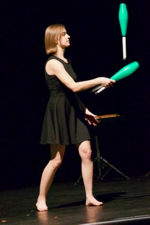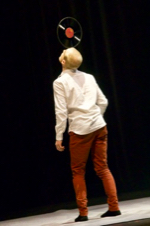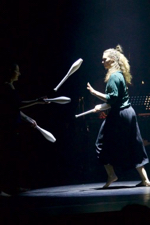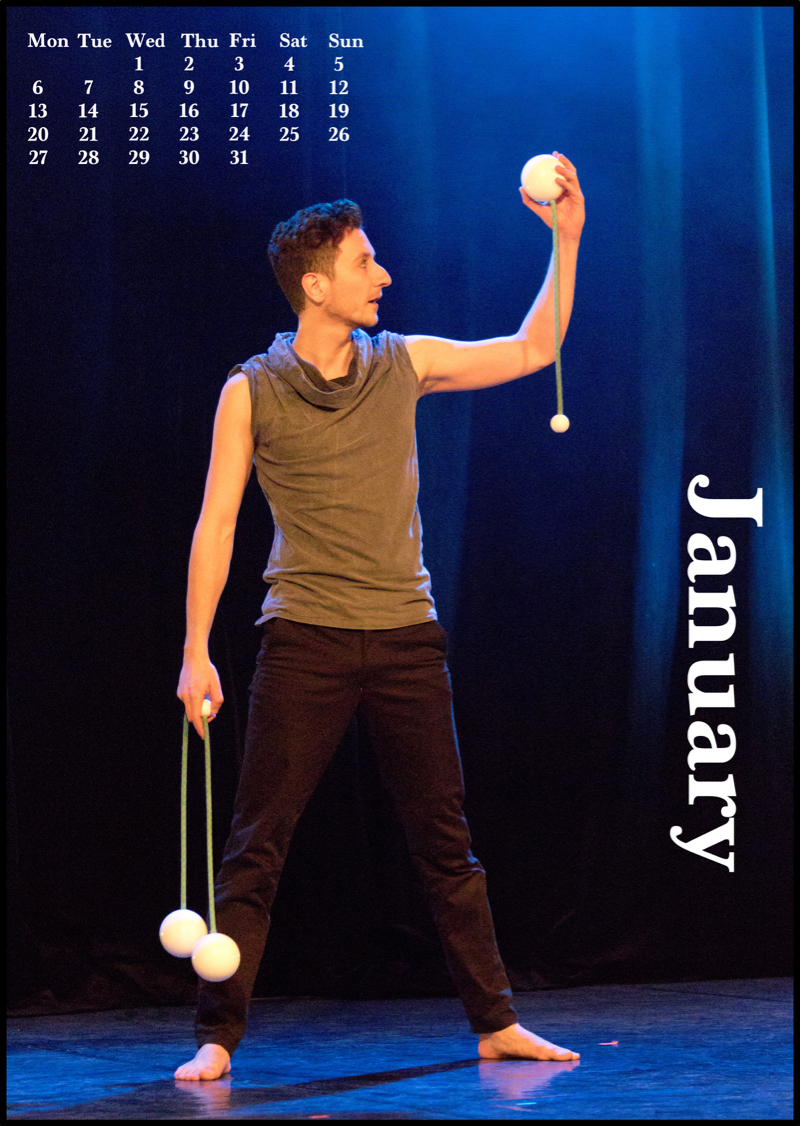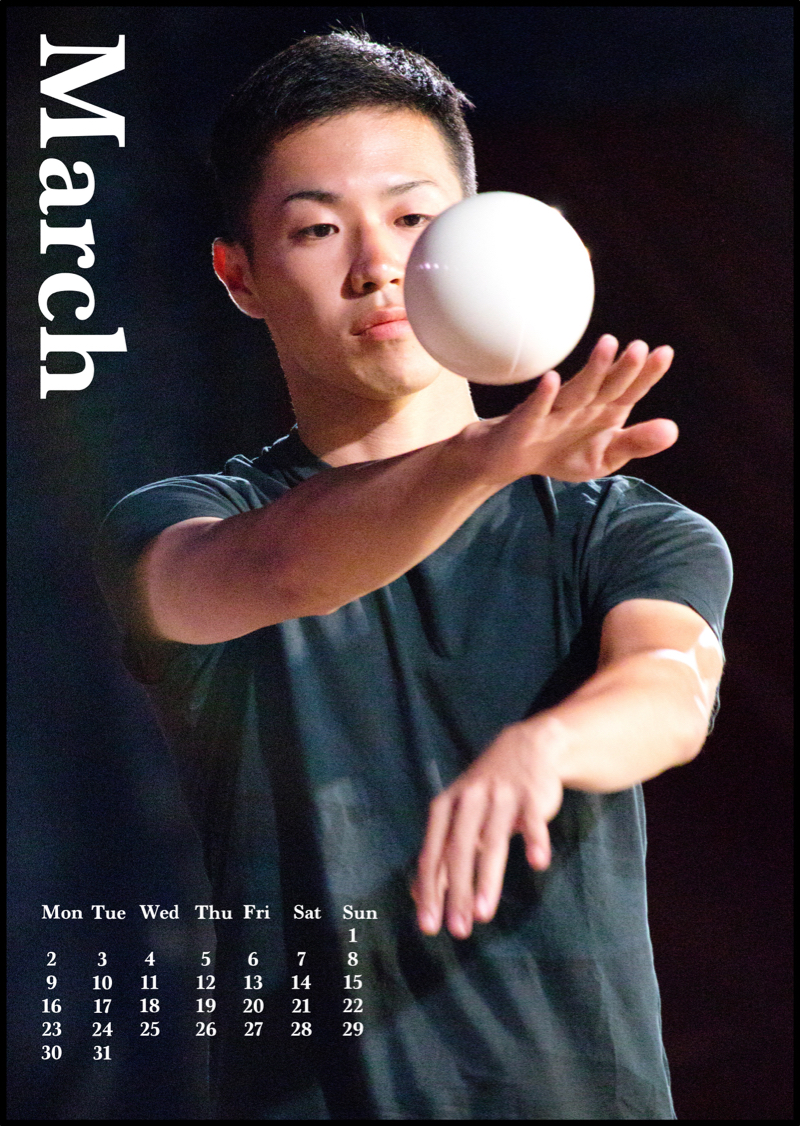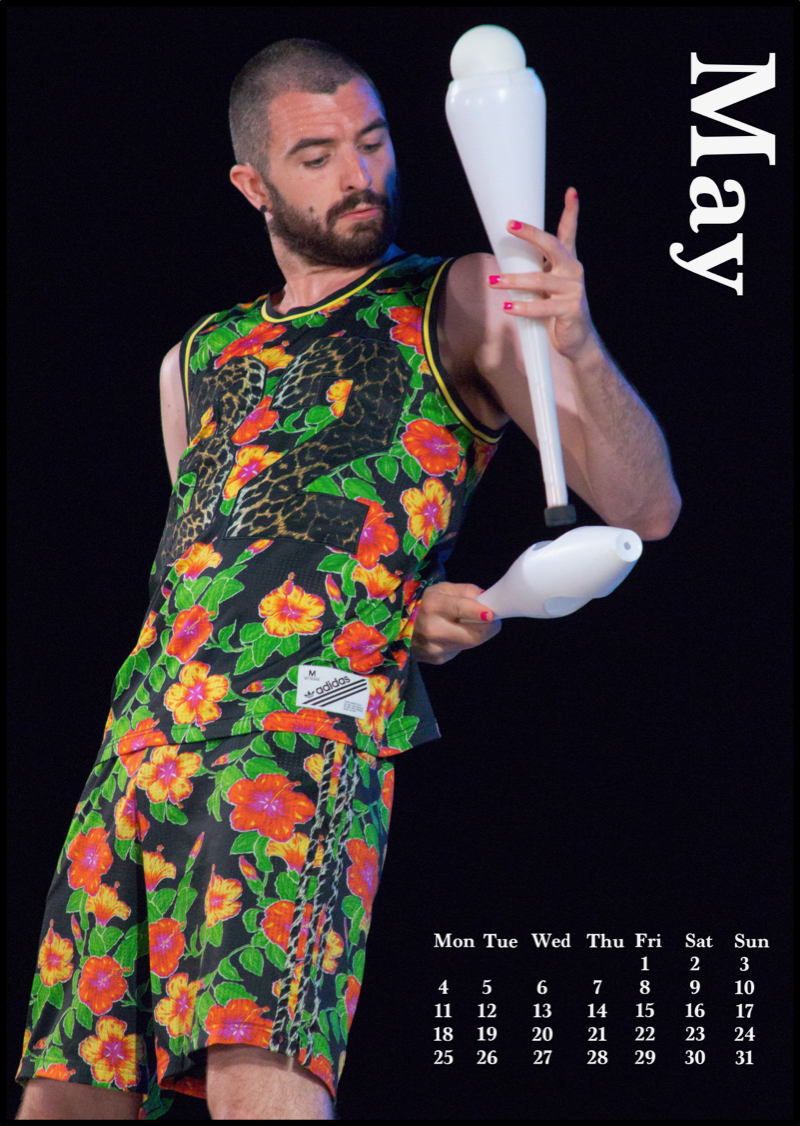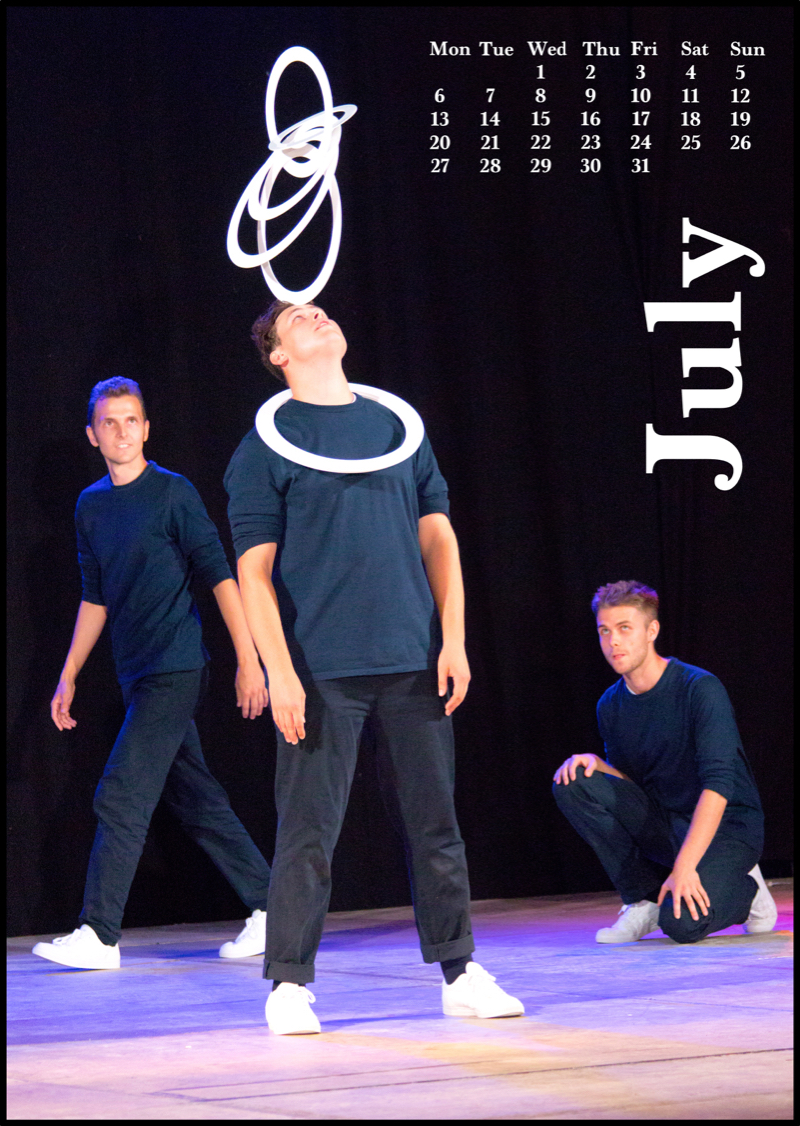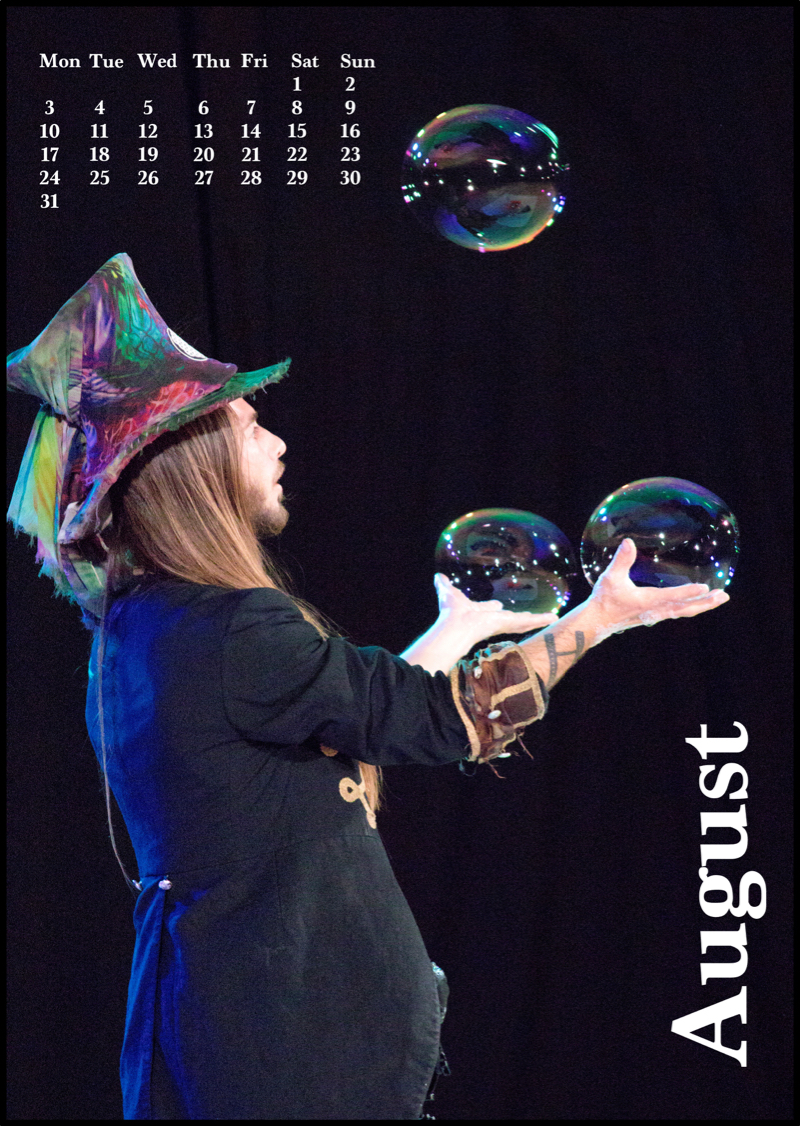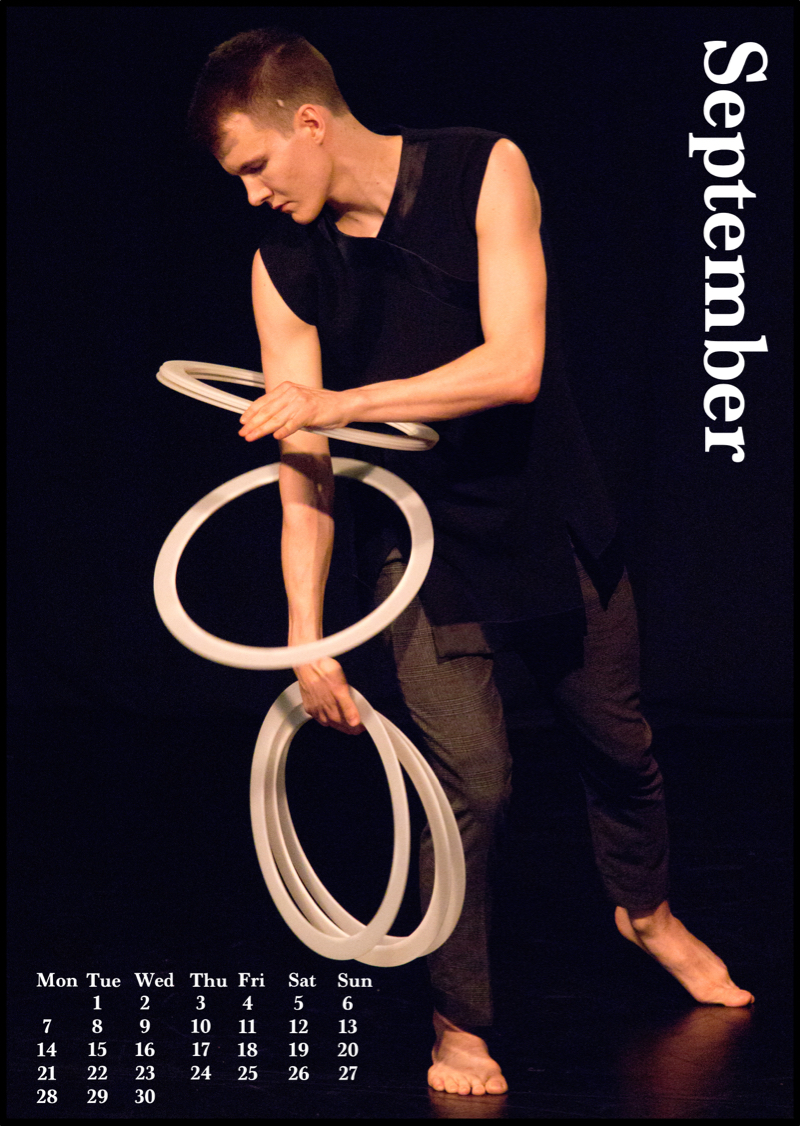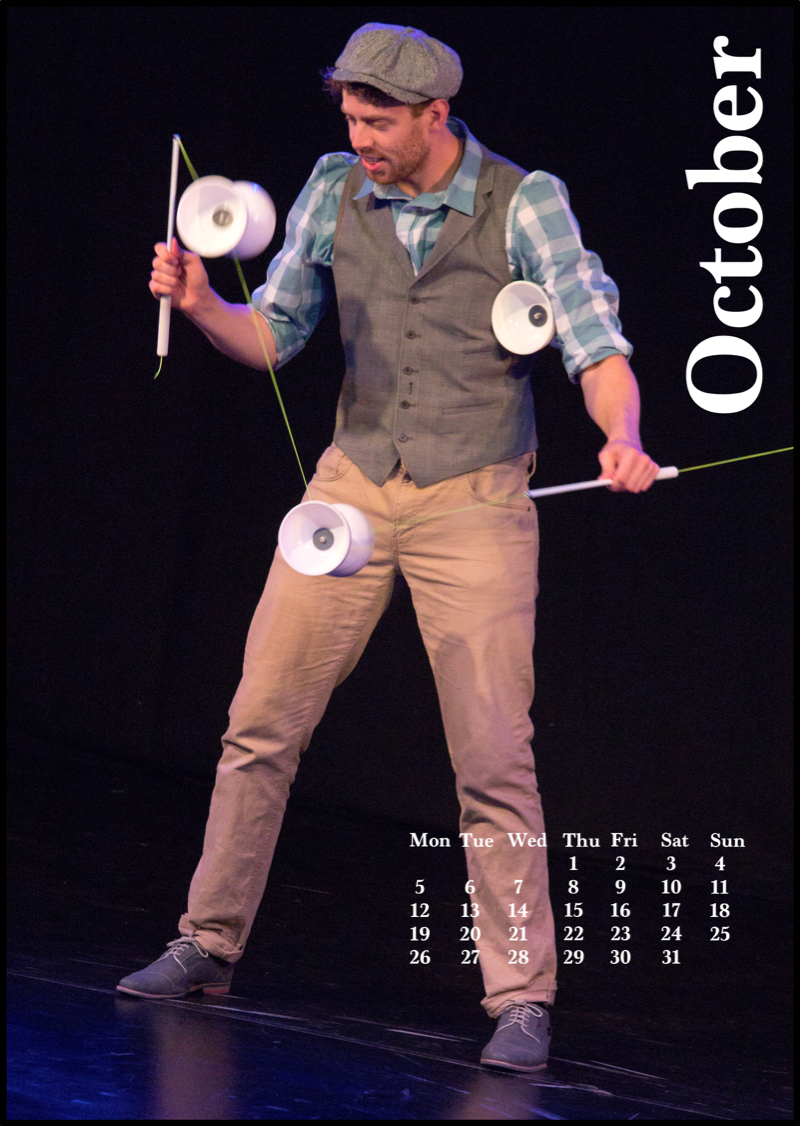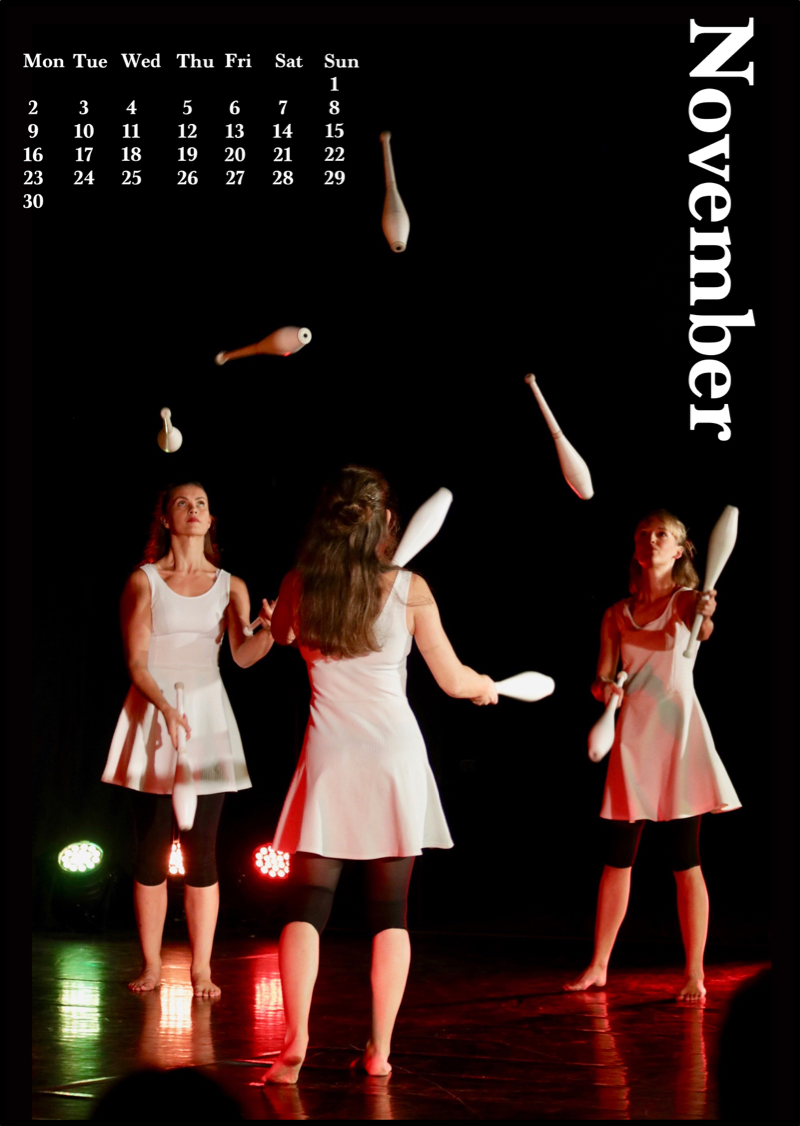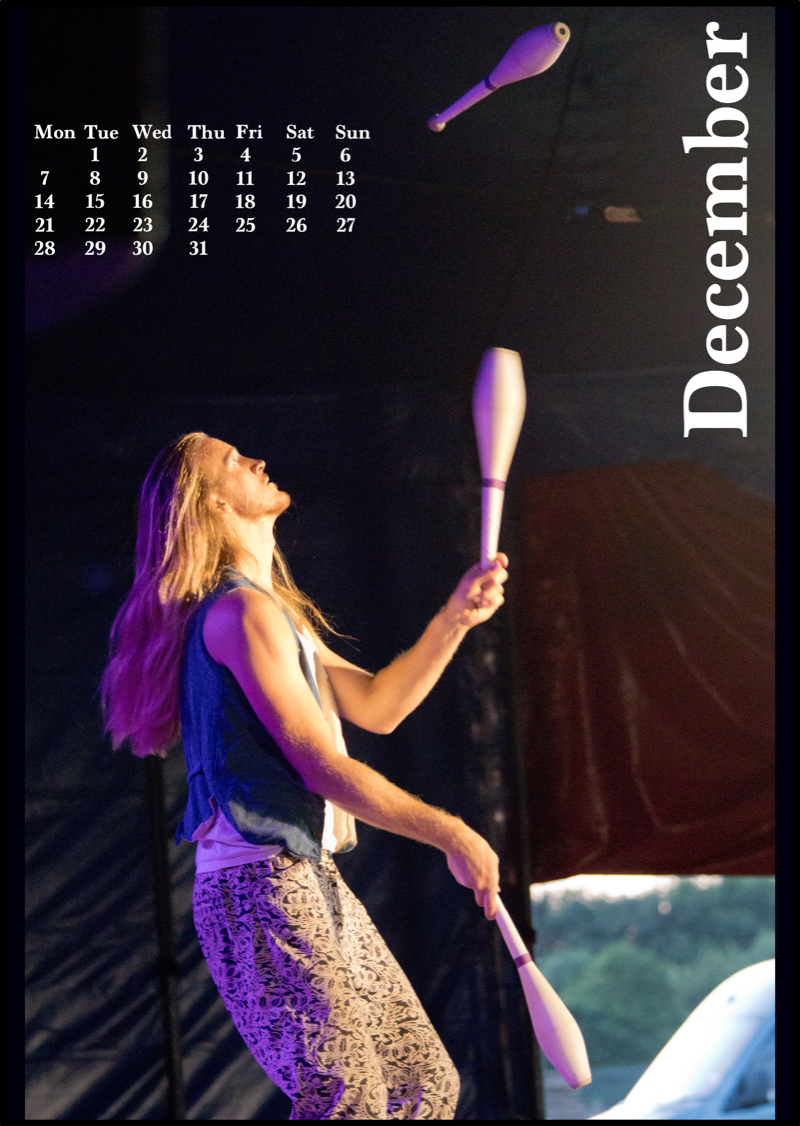Do you want my final thoughts on the Top 40 Jugglers of 2020 experimental rule change?
The experiment was this:
“In the future, the juggling world might have full gender equality, where an equal number of women and men participate, and where men and women are equally valued for their skills and contributions. In 2020, can we see what that future might look like?”
The result show that yes, we can get a glimpse of that future, in that the proportion of men and women featured on the chart was more equal than ever before.
In terms of popularity, more jugglers cast votes than any year before, and the positive engagement on social media during the release of the results was, to be honest, overwhelming for me in terms of time management. Sorry I couldn’t keep up!
Also I received way more positive feedback about the chart this year than any other year, with many, many messages, both private and public, saying things like it’s the best chart yet, the most interesting chart ever, it allowed them to discover more diverse jugglers, made them want to share it with family members like they’ve never done so before, made them want to vote again next year after years of skipping it or forgetting, and so much more.
After running the chart for 17 years as merely a reflection of the mostly-English-speaking-mostly-online juggling community, I’ve zero regrets in using the Top 40 Jugglers as a tool to increase the representation of women jugglers. I wish I’d done it earlier, but in hindsight 2020 was probably the right time to attempt it for the first time in the manner I did.
Along with all the positive messages, about half a dozen people have asked me for a more detailed breakdown of the Top 40 Jugglers of 2020 voting data.
Curious! Before 2020, nobody has been particularly interested… so what changed this year? Turns out: that experimental rule change! For those not keeping up, it’s “submit a maximum of five names of men and a maximum of five names of women.”
When asked about their motivations, all but one of the people requesting more data (and let’s be honest, all were men) wanted to “unskew” the Top 40 chart, to show where the women jugglers would place without the new rule. Of course, they suggested, there would be far fewer women, and they’d be replaced with men.
I’m not interested in this exercise, mainly because it negates the very reason for the rule change itself, and what the rule change was aiming to do. Yet the idea that the chart could or should be “unskewed” focuses a light on an important issue.
The common idea among all those who wanted to “correct” the ranking was this:
“There are fewer women jugglers, so if women get the same number of votes as men, the votes are shared among fewer women, so they have an advantage over the men.”
Without further consideration, this seems logical.
However, the unstated assumption is this: “The ratio of individual male and female jugglers who received votes in 2020 matches the ratio of male and female jugglers in the wider juggling world.”
This is merely an assumption, and one I don’t believe is true. There are many ways the assumption could be shown to be false, and only one fantastical circumstance where it might possibly hold up.
What is true is that:
“There are fewer well-known women in the juggling world than well-known men.”
However, the voters weren’t asked to submit the total number of jugglers that exist, well-known or not, but instead up to five each of men and women.
More pertinently, the rule change this year was explicitly about NOT continuing the typical voting patterns of the typical Top 40 voter.
The current cycle is like this: “… there are more well-known men, so they get more votes, and because more of them are higher up the chart the forms of juggling where men excel above women are considered more important, and then more jugglers like them become well-known, of whom most just happen to be men, so there are more well-known men …”
Elite-level athletic ability has large appeal in juggling. As someone has won many Fight Night Combat tournaments, and who loves taking part in juggling games at conventions, and who has held various world records in the past, I know that being rewarded for athletic ability is very satisfying, and enjoyable to watch!
Yet there’s no denying that men currently have an advantage over women in the forms of juggling that are dominated by athletic ability, and those forms have become the focus of most competitions at most juggling conventions. Outside of a few juggling shows like the IRC, there aren’t many competitions where the athletic ability of the participants isn’t the overwhelming factor in success, or the only factor being judged.
There’s no reason that the Top 40 must be yet ANOTHER contest that values elite-level athletic ability over ALL the other elements of juggling, including skill, dexterity, creativity, variety, improvisation, and also above pursuits that are associated with juggling such as performing, teaching, video production and editing, show and event organising, advocacy and outreach, and much more.
To be clear, it’s not that there is a lack of men participating in all the non-elite athletic aspects of juggling, but that there is a far smaller proportion of women able to excel at the top end of the most athletic forms of juggling.
It’s not that elite athletic ability shouldn’t be admired and valued! Not at all!
But what happens when ONE aspect is considered the ONLY important factor, or the MOST important factor, but that ONE aspect also “just happens” to be the ONLY factor that excludes most women jugglers from highest echelons of success?
Saying this one aspect of juggling should be rewarded and elevated above all others is a proxy for saying “men should be rewarded and elevated above women”. It’s directly equivalent.
That sounds harsh! But when was the last time a woman made the quarter finals of an EJC Fight Night? I know. I organise it every year! The answer is 2011.
So is it surprising that the forms of juggling that are most commonly rewarded in competitions, and that also “just happen” to exclude most women by default, lead to more men than women being “well-known” in the mostly-English-speaking-mostly-online juggling community?
Is it surprising that a chart that historically has a large focus on elite athletic ability, something that is far less accessible to women jugglers, also has less appeal to women? And then fewer women cast their votes?
So for the men asking, and everyone else, there’s nothing in the Top 40 of 2020 voting data that suggests anything different. The data from 2003 to 2019 will show you the same thing.
But I took a look at the 2020 data, and think it’s worth sharing a basic analysis to answer one simple question:
“How far are we, the aggregate of Top 40 voters, from valuing women jugglers equally to men?”
Keep in mind that nobody was forced to vote for five men plus five women. Everyone was free to use up their quota of 10 names as they saw fit. If they didn’t consider enough people worthy of their votes, of either gender, they could submit fewer than 10 names.
(I didn’t included votes for non-binary jugglers, mixed gender groups of jugglers, nor virtual jugglers where the creator is male but the virtual character is female, all of which fall outside of the scope of this very basic analysis.)
47.5% of the total voters submitted an equal number of names for men and women (splitting their votes 5-5, 4-4, 3-3, 2-2, or 1-1).
The way I look at this first number is “how many people fully embraced the spirit of the experimental rule change?” Turns out… about half!
I checked for any gender preference at all:
41.8% of the total voters showed a preference for MEN over women, voting for at least one extra man than women (splitting their votes 5-4, 5-3 … 2-0, 1-0).
10.7% of the total voters showed a preference for WOMEN over men, voting for at least one extra woman than men (splitting their votes 4-5, 3-5 … 0-2, 0-1).
I also checked for stronger gender preferences:
29.4% of the total voters showed a STRONG preference for MEN, meaning they voted for at least twice as many men as women (splitting their votes 5-2, 5-1, 5-0, 4-2, 4-1, 4-0, 3-1, 3-0, 2-1, 2-0, or 1-0).
5.9% of the total voters showed a STRONG preference for WOMEN, meaning they voted for at least twice as many women as men (splitting their votes 2-5, 1-5, 0-5, 2-4, 1-4, 0-4, 1-3, 0-3, 1-2, 0-2, or 0-1).
I don’t blame anyone for not submitting an equal number of votes for men and women. I didn’t decide to introduce the new rule until December, and then I only gave a week for everyone to come up with a different list of names from their expected votes. If your mind is already made up, it’s hard to convince yourself that someone who previously didn’t make your list should make an appearance after only a week of consideration.
However, I’m slightly disappointed that almost a THIRD of everyone who took part couldn’t name THREE women jugglers they would happy to reward with a vote.
I’m not exactly elated that 20.5% of all voters submitted names for MULTIPLE men, but for ZERO or just ONE woman. That’s means one fifth of everyone, when asked “let’s try to embrace the spirit of this rule change”, decided “not me”.
And it’s not a both-sides issue in terms of scale. Looking at the extreme ends of gender preference, a total of 30 people voted for the maximum of five men and the minimum of zero women, but only six people voted for five women and zero men. Next year, if the rules go back to normal, and these same voters stick with their min-max preferences, it means an extra 30 votes for women jugglers, and an extra 150 votes for male jugglers. These differences don’t just add up, they multiply!
The rule change was an experiment for 2020. I’d very much like for the Top 40 Jugglers chart to go back to the previous “no limits, vote for whomever you like” rule.
But is a single year of equal representation on the Top 40 Jugglers chart enough?
11.2% of 2020 voters didn’t vote for any women at all, and with a return to normal rules, they’ll all have five more slots available, free to use on whomever they want… so was the 2020 chart enough for them to find a SINGLE women to vote for in 2021?
On the other hand, will the 2020 chart encourage enough women jugglers to vote in the 2021 poll to balance out the overwhelming maleness of typical years?
I don’t know.
So I’m not going to make any final decisions reverting the rule, or on any further rule changes, until December 2021. The poll might be run the same as 2019, it might be the same as 2020, or it might be something different again.
By not deciding yet, and not announcing how 2021 will be run, I hope every juggler pays attention throughout the rest of the year. And not just who they are paying attention to, but also the aspects of juggling they are rewarding and elevating. Remember, saying “elite athletic achievement is the most important” is the same as saying “women are less important”.
I really hope that for the Top 40 of 2021, everyone can spend the year making a list of 10 names. If I announce “no limits, vote for any 10 jugglers” everyone is happy with their list. And if I announce “maximum of five men, maximum of five women”, everyone is still just as happy with their list.

